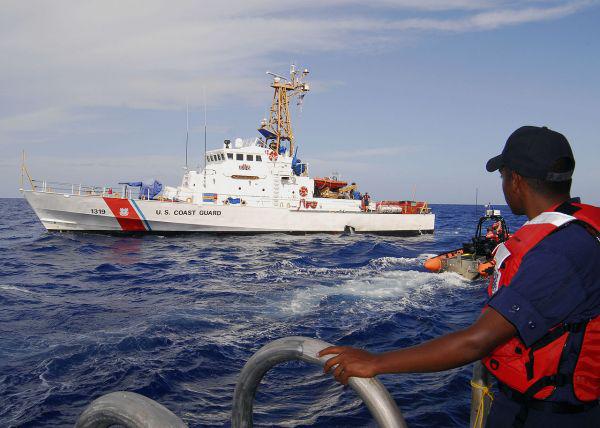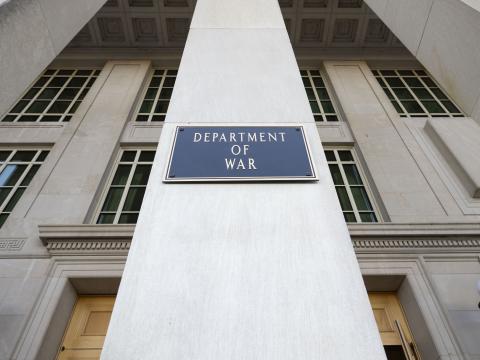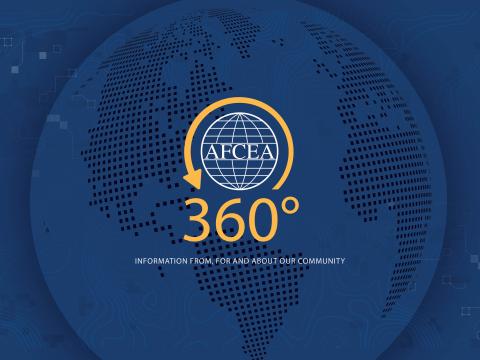PEO Spotlight: How to Do Business with the U.S. Coast Guard
U.S. Coast Guard acquisitions are focusing on requirements across an array of major projects. Though the Department of Homeland Security organization has vastly different efforts underway, all demand clear guidelines and teamwork, including unambiguous understandings with the private sector.
U.S. Coast Guard acquisitions are focusing on requirements across an array of major projects. Though the Department of Homeland Security organization has vastly different efforts underway, all demand clear guidelines and teamwork, including unambiguous understandings with the private sector.
Ensuring the best acquisition decisions means working well with industry. Rear Adm. Joseph M. Vojvodich, USCG, the Coast Guard’s program executive officer (PEO) and director of acquisition programs, says that work starts with clarity on the Coast Guard’s end, not with what companies can do. “There is a level of responsibility on our part to make sure our needs are known,” he states. The acquisitions organization strives to write clear, informative solicitations or requests for information that effectively indicate what it wants. The admiral believes his office is improving its sharing as it tries to find the realm of possibility or innovations.
Industry has its own part to play. Companies that want to engage should visit FedBizOpps.gov and Coast Guard websites regularly as well as participate in trade shows when possible. “One thing I would offer is the concept of affordability,” Adm. Vojvodich says. “We really are trying to drive these programs in a very affordable manner.” That effort means the organization understands what it wants to buy and presents those requirements in a concise manner. The Coast Guard is leaning on companies that want to assist it to innovate and bring efficiencies that might bring about quicker results. “That is front and center in our acquisition right now,” Adm. Vojvodich explains.
Internally, he says that he is looking for an equilibrium of good and stable requirements, predictable funding, staff with a wide range of expertise and other factors to implement in his service’s programs. From a customer perspective, he needs to ensure he is meeting not only the big requirements but also the smaller ones such as security and maintenance, bringing them together in a balanced perspective. “That’s constantly occupying my mind,” he states.
Stakeholders should realize that obtaining what the Coast Guard needs goes beyond acquisition to an overall organizational approach where many groups are involved. “It’s truly a team sport,” the admiral says. Items such as funding and sustainability consume much of his time and keep him up at night as he tries to make sure all the facets of programs move forward together.
Acquisition decisions come from requirements, which Adm. Vojvodich says are well-defined in operational requirements documents. The Coast Guard has approximately 20 projects and programs underway, including several ships. “The Offshore Patrol Cutter is a priority,” the admiral says. “It stands to be the largest investment in the history of the Coast Guard.” Development is in early stages, with three preliminary and contract design awards decided earlier this year. The offshore presence is one of the biggest gaps in capability. The new cutter will help solve that challenge.
The Fast Response Cutter is another priority effort. The 154-foot vessel is replacing the Island-class 110-foot patrol boat. In total, the Coast Guard plans to acquire 58 of the cutters; basing areas for more than 30 of them already have been determined.
In the aviation world, the transfer of 14 C-27Js is at the center of activity as the Coast Guard takes possession of them from the U.S. Air Force and makes basing decisions. The C-27J Asset Project Office stood up in Elizabeth City, North Carolina, in June to help manage the effort. Adm. Vojvodich says that through the work, the Coast Guard will receive hundreds of millions of dollars of benefits that do not come from resource funding.
Rescue 21—the Coast Guard’s advanced command, control and direction-finding system—is another key program. The organization is looking to complete fielding to the coastal regions of the contiguous United States and to deploy the capability in Western rivers and Alaska by the end of 2017.
Proper acquisitions will address challenges in having the right resources for missions. For example, the Coast Guard is exploring what heavy weather and surf vessels can accomplish. “Those boats need to be recapitalized,” the admiral explains. “That’s a potential gap in capability.”
Judging success in any endeavor is simple enough for him. “The reason why we do it is mission execution,” he says. Doing well means the Coast Guard rescues people at sea, enforces the law or is front and center with its capabilities when working with other nations. “That’s what success looks like,” the admiral states.





Comments